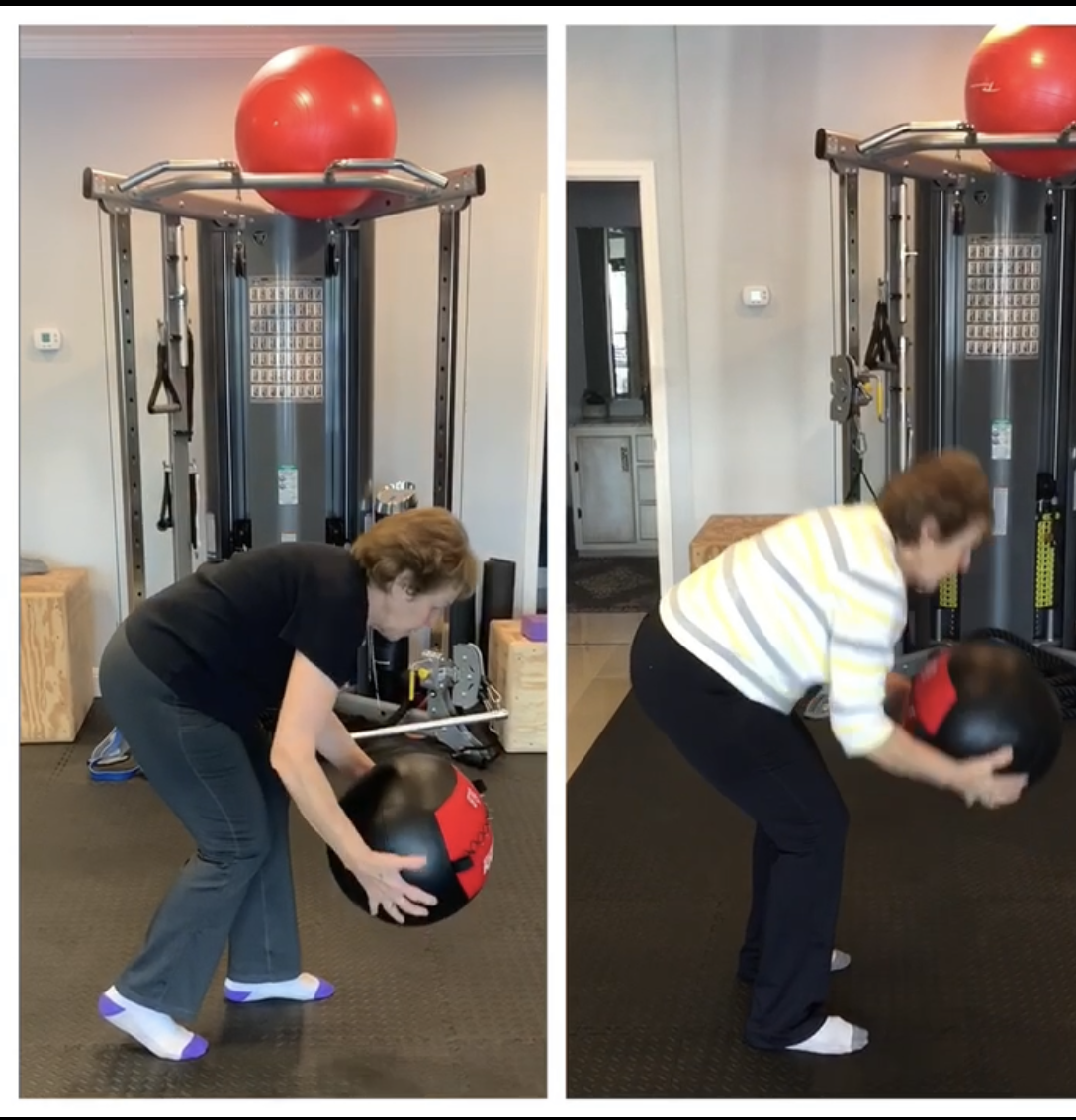Balance is critical if we want to sustain pain free movement and prevent falling as we age. In regards to “improving balance,” I’m sure you’ve heard it all. “Stand on one foot,” “walk like you’re on a tight rope,” “walk straight and turn your head side to side,” “step sideways over hurdles,” “tap a cone with your foot,” “close your eyes and touch your nose,” the list goes on and every single one of these is helpful to some degree, in regards to proprioception. Proprioception is the body’s awareness to feel where it’s located in space. In other words, if you step up onto a curb and your foot catches the top and you trip, good proprioception, theoretically, ensures you’ll be able to catch yourself and prevent yourself from falling.
However, no matter how great your proprioception is, if your body is positioned poorly in space then your structure has to compensate when you move. Those compensations could lead to shuffling feet or stiff arms which will impede your walking cycle, increasing the probability of a fall and poor body mechanics during movement. Proprioception aside, if your walking mechanics are optimized and your body moves well through space, then your chances of falling are drastically reduced. If you move well, that means all your muscles work together to lift your leg high above the curb so your foot clears it and you continue walking into your next step. If standing on one foot with your eyes closed actually improved your balance then you wouldn’t have to keep getting referred to physical therapy because you keep falling.
Maybe you don’t fall but you shuffle your feet when you walk, experience pain when you walk, or you feel unsteady just standing up. It’s time to implement exercises that apply to balance in a relative context, when you move! What’s the point of standing on one foot if your chances of falling increase when you walk? Train your body in the context that you want it to function in. Abbie walks around her neighborhood every day, and while she wasn’t suffering from falls, she was shuffling her feet which was leading to problems with her ankles and hips. Problems with the ankles and hips could then impair her ability to walk properly, increasing the likelihood of a fall. Since she likes to walk, it’s crucial to position her body into the same patterns that she would encounter while she walks. This way, she can make use of the exercise patterns while she’s functioning in the real world.
In the video you’ll notice a slight tweak between the images, the rear foot is lifted into a calf raise. Every time you walk, one of your legs performs a calf raise to propel your body forward, and then that leg lifts and the other leg goes into a calf raise. This sequence is repeated every step you take when you walk. If you can’t do a full calf raise or your ankle rolls out when your calf raises during a step then your body is going to compensate in a different muscle to keep you moving forward. But those compensations could be dysfunctional and lead to poor body mechanics and eventually a fall. By making Abbie’s body stronger in a calf raise position we are mimicking a phase of her walking cycle to build better stability for her when she moves, resulting in improved balance. Now that Abbie’s body knows what a proper calf raise is and how it can apply in certain functions, we can integrate her calves into other movements. Connecting them with other muscles during specific exercise patterns aimed at enhancing her balance when she moves. When it matters the most.
The calf is only one muscle that integrates with the rest of the body when we move, the glutes, obliques, and lats play a pivotal role in coordinating day to day movement. Every single muscle in the body has a role in coordinating pain free function. The key is exercising all the muscles in a sequence that you can utilize during real world movements. Whether you’re an 84 year old who wants to walk better to prevent falling or a fresh young athlete who wants to move better to prevent injuries, building better balance in real world contexts is a game changer.


